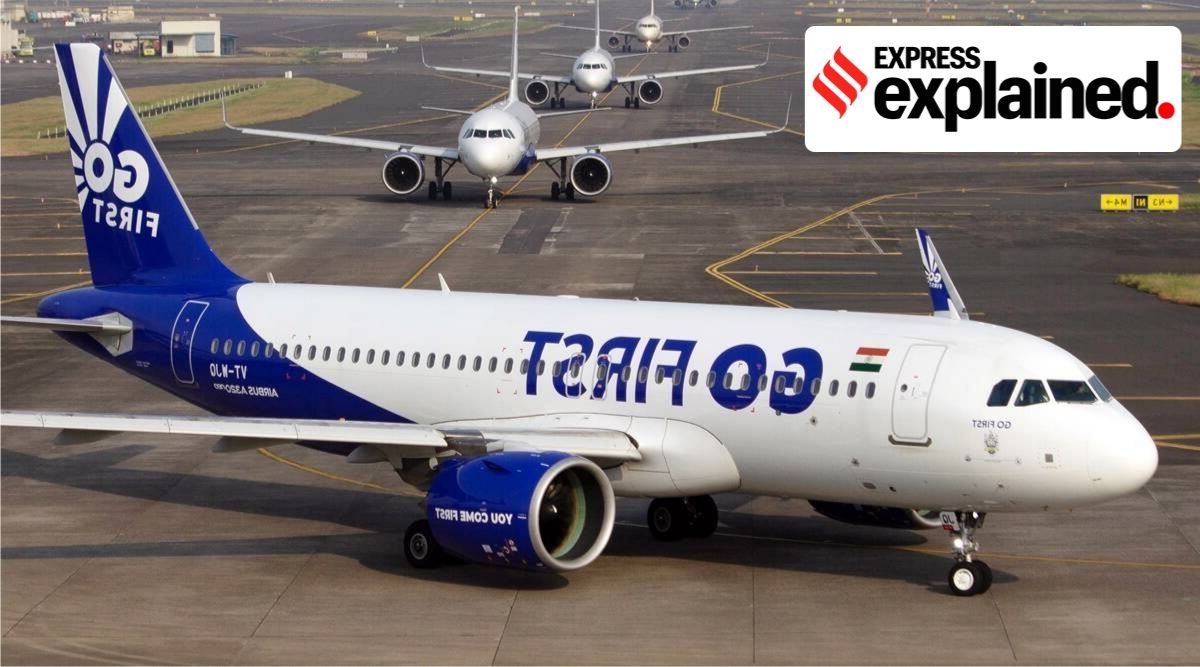While there has been no official explanation given by Pakistan authorities, the country had made a similar move in 2009 prohibiting an Air India Express flight from Srinagar to Dubai from using its airspace.
A 3 hours 45 minutes flight from Srinagar to Sharjah that was launched last month flew a longer route, adding around 40 minutes to its flight time for the first time on November 2. This was because it had to avoid flying over Pakistan after the country denied permission to use its airspace for the said flight. With this refusal, experts have said Pakistan has violated the first freedom of air.
What happened with the flight?
On October 23, Home Minister Amit Shah, while on a visit to Jammu & Kashmir, launched a direct flight between Srinagar and Sharjah operated by budget airline GoFirst (formerly known as GoAir). The flight operated on a route that took it through Pakistani airspace before heading southwest and arriving in Sharjah. On November 2, however, the flight was denied permission to enter Pakistan and flew south over Rajasthan and Gujarat before heading west over the Arabian Sea and flying through Omani airspace before entering the UAE.
Why did Pakistan deny use of its airspace?
While there has been no official explanation given by Pakistan authorities, the country had made a similar move in 2009 prohibiting an Air India Express flight from Srinagar to Dubai from using its airspace. The Indian government has approached their Pakistan counterparts to raise the issue of the refusal to use its airspace for the said flight. Notably, other Indian airlines flying to west Asia from airports such as Delhi, Lucknow, etc have not been barred from using Pakistan airspace. This also raises the concern of Pakistan violating the first freedom of air.
What is freedom of air?
Following the Chicago Convention in 1944, the signatories to the convention decided to set rules that would act as fundamental building blocks to international commercial aviation. As a part of these rules, initially, six ‘freedoms of air’ were decided. These freedoms or rights — which still operate within the ambit of multilateral and bilateral treaties that allow them — grant airlines of a particular country the privilege to use and/or land in another country’s airspace. The first freedom of air grants the right to an airline of one country to fly over a second country and land in a third country. In case of the GoFirst flight, the airline — an Indian carrier — was using the airspace of Pakistan — the second country — and was landing in the UAE — the third country.
What are some of the other freedoms of air?
The second freedom of air grants the right to refuel or carry out maintenance in a foreign country without embarking or disembarking passengers or cargo. This means an Air India flight from Delhi to New York can land at a British airport to get refuelled without embarking or disembarking passengers. The third and the fourth freedoms grant the right to fly from the airline’s home country to another and from a foreign country to the airline’s own, respectively. Other freedoms of air — with some being added later — pertain to operation of an airline between two countries not including the country of its origin and within a foreign country with and without having a stop in the home country.
Source: Read Full Article


